Cervara di Roma
The second-highest village in Lazio has attracted artists for 400 years and is now a spectacular open-air art gallery.
Named after the deer that used to live in this region, Cervara di Roma is a small village in the province of Rome dramatically perched on a cliff in the Monti Simbruini Regional Park. It is the second-highest village in the Italian region of Lazio, and today it functions as a surprising and renowned open-air gallery.
This medieval village overlooking the Aniene Valley numbers just over 400 inhabitants, but for centuries has attracted some of the greatest artists in Europe. Many painters have celebrated the village and its surroundings through the years. The French artist Ernest Hébert is among the most famous. He lived in Cervara during the 19th century and produced a number of paintings depicting the women of the village, such as “Les Cervaroles,” which is exhibited at the Musée d’Orsay in Paris.
Joseph Anton Koch painted landscapes of Cervara around 1810, which were followed by the incisions and drawings by the Roman artists Bartolomeo Pinelli, Corot, and Oscar Kokoschka, who lived in Cervara in the 1930s. Samuel Morse, the inventor of Morse Code, wrote the following words upon seeing Cervara in 1830: “There is something strangely majestic about a place like this. It is governed, for the most part, by perfect silence.”
As the village’s population dwindled after the Second World War (and still decreases today), artists, both foreign and Italian, celebrated the village and decorated it with works of art, such as sculptures, paintings, and poetry. Poems by the exiled Spanish poet Rafael Alberti, who lived in Italy in the 1960s, celebrate Cervara and are on display in its narrow alleys and squares. In the 1970s, sculptors from the Florence Academy of Arts contributed their work to the celebration of peace by carving representations of peace and solidarity on the rocky cliffs of Cervara’s acropolis. Even Ennio Morricone, the renowned Italian composer, dedicated two compositions to Cervara One of them, “Nocturne for Cervara,” is depicted on the village walls. There are many more works of art to discover in the sleepy village as you wander the narrow alleys, vaulted passages, and climb the steep steps of the famous scalitana degli artisti (staircase of artists) in Cervara.
Know Before You Go
Cervara is one of the gateways to the Monti Simbruini Regional Park and the village is connected to a number of trails that lead to, among others, the karst highlands near Monte Autore and the abandoned village of Camerata Vecchia, also on Atlas Obscura. The trail maps and guides can be purchased in Subiaco. Historical sights in the village include the remains of the medieval stronghold which crowns the village, the 14th century Church of Maria SS. della Visitazione and the Mountain Museum, with its anthropological collections. Cervara was the site of an (in)famous event during the Middle Ages, when a monk named Pelagius, in 1276, supported by a strong armed force, stormed the Benedictine Monastery in Subiaco and proclaimed himself ruler (and Abbot) of the region from his stronghold in Cervara. This forced the Pope to send army, which laid a long siege to the fortress and finally reconquered the lost territories, restoring order in the region.
Community Contributors
Added by
Edited by
Plan Your Trip
The Atlas Obscura Podcast is Back!



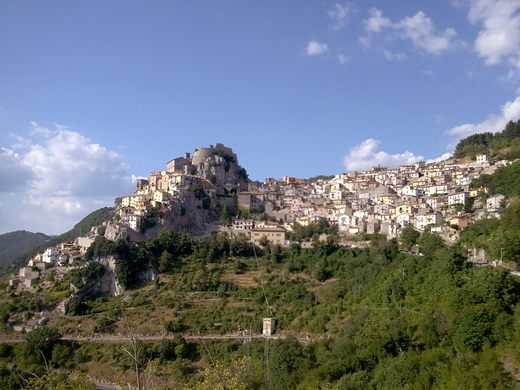
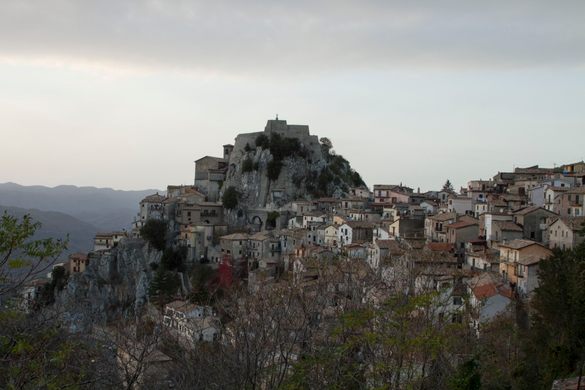
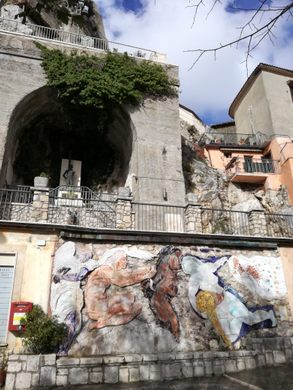



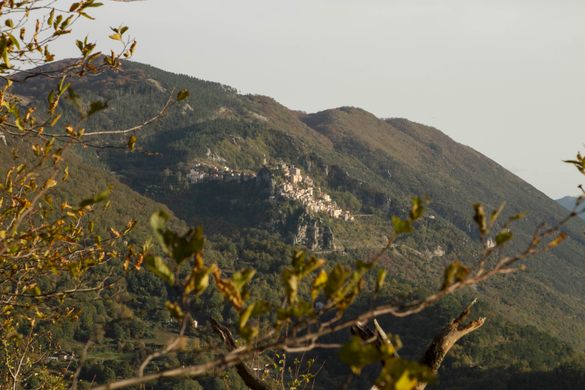
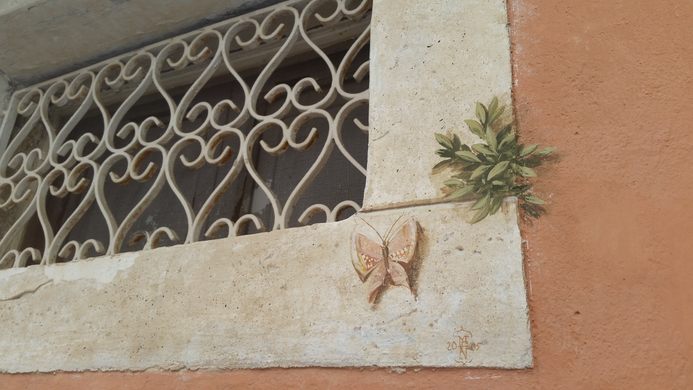







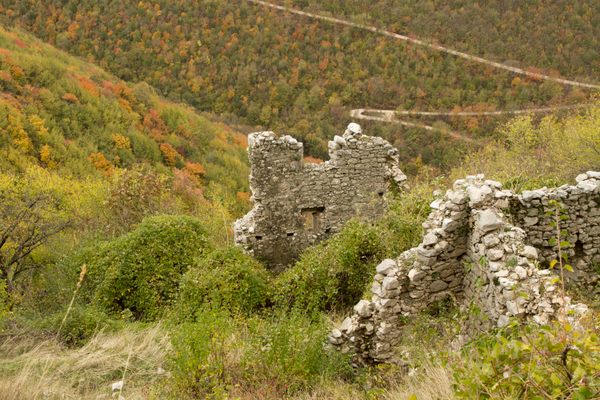

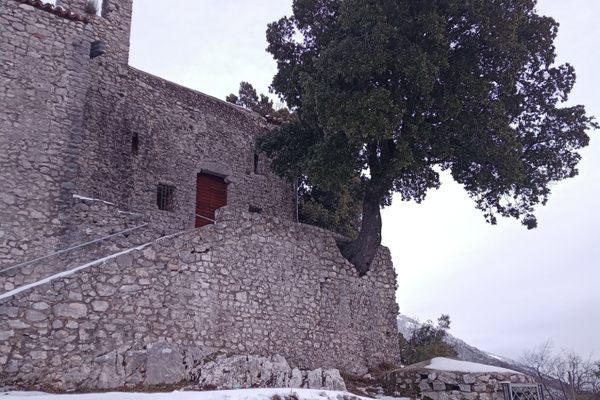






Follow us on Twitter to get the latest on the world's hidden wonders.
Like us on Facebook to get the latest on the world's hidden wonders.
Follow us on Twitter Like us on Facebook